What to do with the potted plants you bought? How to pot the potted plants you bought?
Last Update :2024.12.05
Article Catalog
There are two situations when you have just bought a potted plant: first, if you don’t want to change the potting soil, you need to trim the rotten and yellow leaves, water them thoroughly and place them in a cool place to let the seedlings grow; second, if you want to To replace the potting soil, you need to process the potted plants through three steps: preparing appropriate potting soil, removing the pots, pruning them, and placing them in the pots. Potting a potted plant requires five steps: selecting the right time, suitable potting soil, pruning rotten and old roots, disinfecting, and potting the plant.
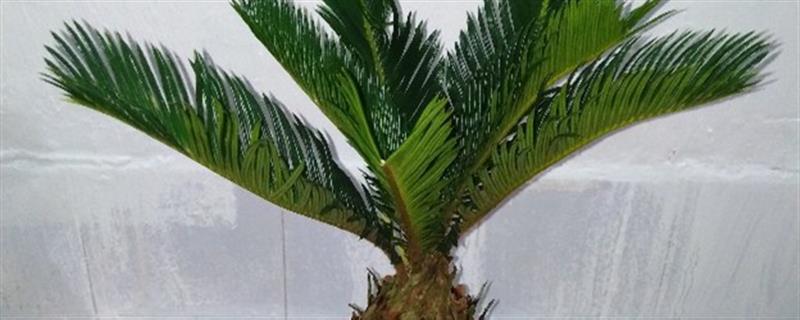
1. Processing
Clean it first. If you do not want to change the pot, you can clean up the rotten and yellowed leaves, water them thoroughly and place them in a cool place for maintenance. The newly purchased potted plants should not be exposed to the sun and should be placed in a cool place.
2. Slow down the seedlings
Put the potted plants in a cool and ventilated environment to slow down the seedlings. Water them thoroughly. Do not fertilize during this period to avoid burning the seedlings. affect growth. Depending on the potted plants purchased, the degree of damage will be very different, and the time it takes to slow down the seedlings will also be different. Some can recover in a day or two, while others may take a month.
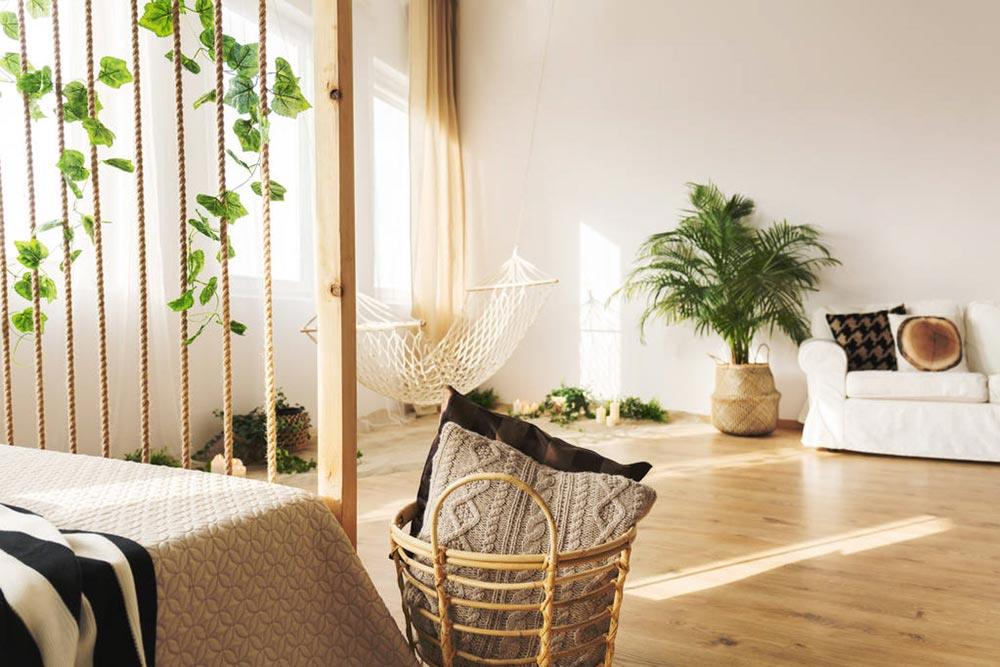
3. Potting
If If you feel that the flowerpot is not suitable or the potting soil is inappropriate, you can consider changing the potting soil.
The specific operations are as follows:
First, prepare suitable potting soil. Choose the appropriate potting soil according to the growth habits of the plant.
Secondly, remove the pot and prune it. The best time to pot is on a rainy day or in the afternoon or evening on the day you buy it. When taking the plant out of its original pot, shake off the old soil. Then cut off old and rotten roots at the base of the plant. After that, soak it in disinfectant for about twenty minutes to eliminate the bacteria attached to the roots.
Finally, plant in pots. Some broken tiles, charcoal and other materials can be placed at the bottom as a breathable layer, and then a thin layer of flower soil can be spread. Then gently place the plant in the center of the pot and continue filling it with soil. When all the roots are in the pot, compact the surrounding flower soil with your hands and water it thoroughly. After that, place it in a warm semi-shady place and wait for it to adapt to the new pot.
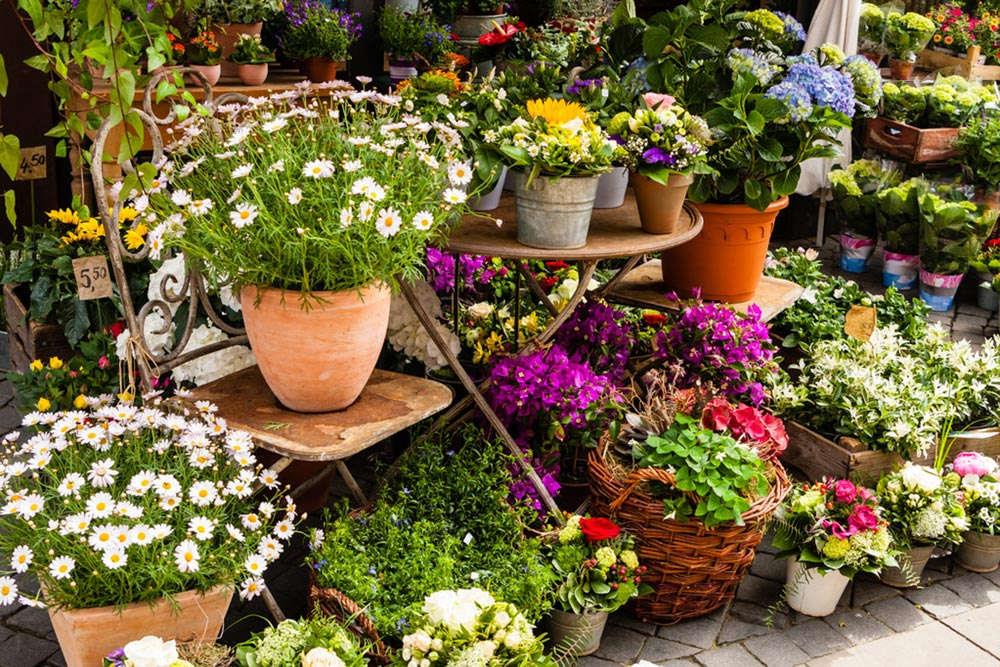
4. Observation
Slow seedlings During this period, adverse reactions such as yellowing of leaves and leaf loss may occur, which are also normal phenomena and do not need to be overly worrying. Be sure to understand the living characteristics of the plants you buy, mainly the conditions of light, temperature, water and fertilizer management, etc., so that the plants can survive the slow seedling period and adapt to the new environment as soon as possible.
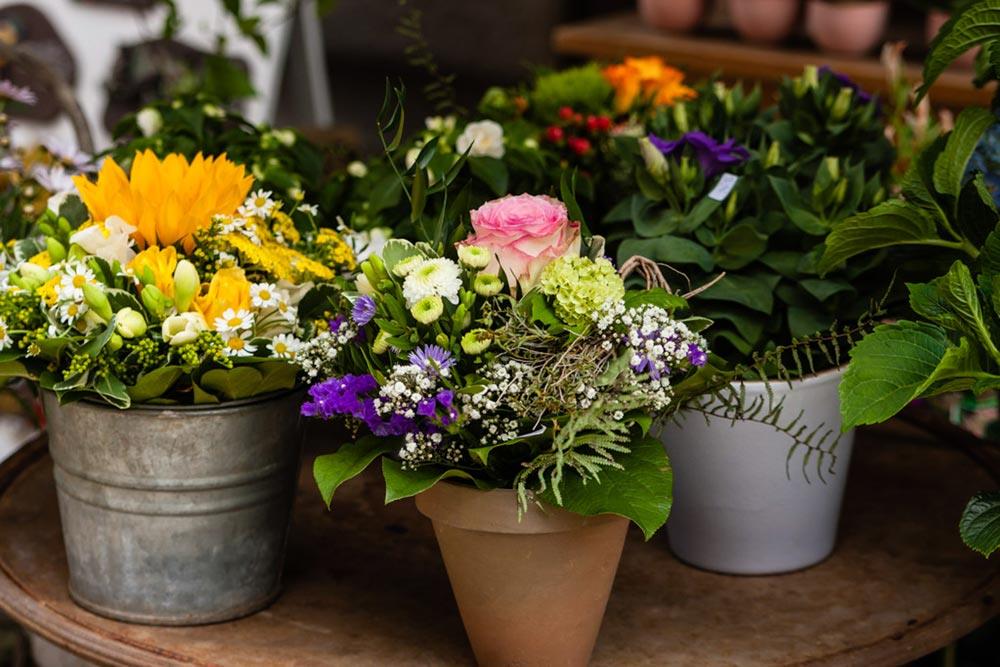
- END -
How to grow hibiscus and precautions
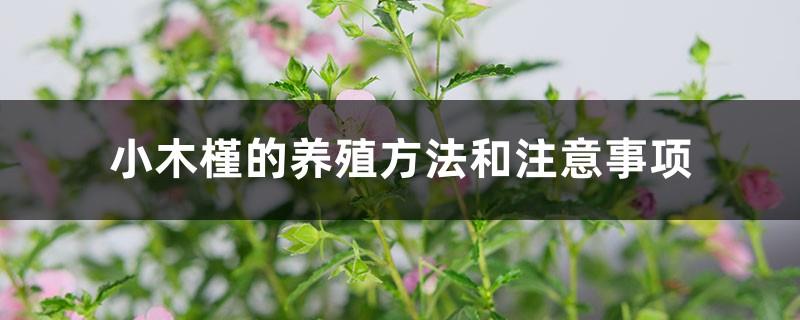
Small hibiscus cannot use heavy and hardened soil. It can provide soil with good a...
Does Monstera deliciosa have Feng Shui?

The placement of Monstera deliciosa requires Feng Shui. Placed in the right locati...